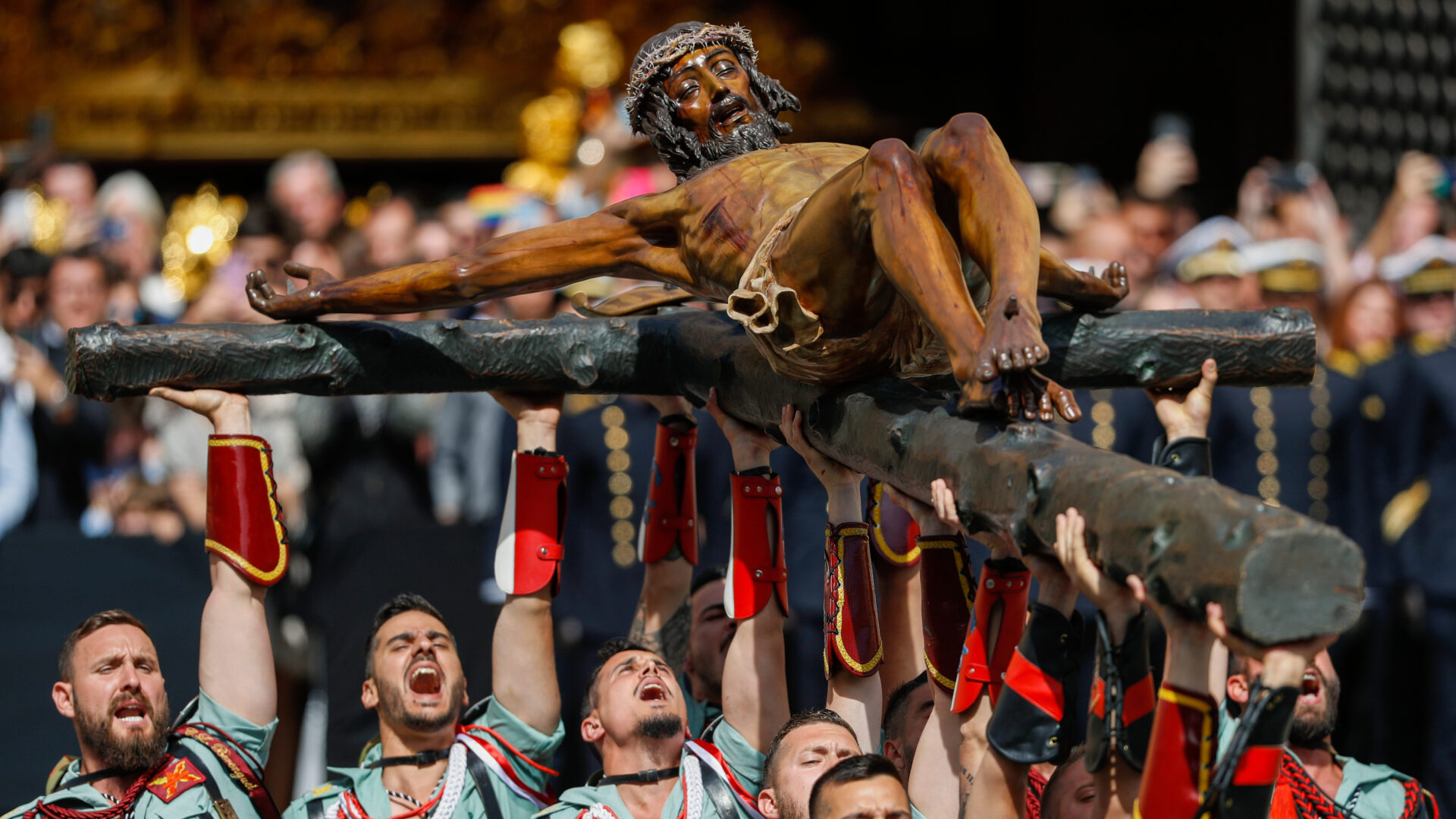Watching a flamenco show is an indescribable experience and, as with all good things, it didn’t emerge overnight, but was slowly forged over the years until it became the powerful art we know today.
Today, we’ll tell you the history of flamenco, so you can learn even more about the heart and soul of Andalusia:
What is Flamenco?
Flamenco is a Spanish musical genre that developed in Andalusia, combining singing, dancing, and musical accompaniment, making it a truly complete experience.
In addition to combining different artistic styles, flamenco dancers typically wear traditional flamenco costumes, such as flamenco shoes (essential for heel tapping) or flamenco flowers.
The History of Flamenco and its Origins
Although flamenco, as we know it, originated in Andalusia and dates back to the 18th century, its beginnings are not 100% known, as it is a mixture of art from different cultures that coexisted in Andalusia several centuries ago.
While it’s true that the culture most associated with flamenco dance is the Gypsy culture, this art draws from different communities, as flamenco singing combines:
- Traditional music and Andalusian folk songs.
- Gregorian chants from Jewish synagogues.
- Arabic sounds.
- African rhythms.
On the other hand, it’s important to note that flamenco was born as a form of singing meant to express deep emotions, because if you’ve had the fortune to visit a flamenco tablao, you will have felt in your own skin the intensity that permeates the air, which is incomparable to any other place.
Over the years, the singing was combined with dance and the sounds of different instruments; and, just as it happened with the songs, the dance became a fusion of different traditions, combining traditional dances from various Spanish regions with African dances and Indian dances that the Gypsies brought to our country.
What Did each Culture Contribute to the History of Flamenco?
According to historian Jose Luis Navarro García, author of the book “”History of Flamenco Dance (2008), Andalusian culture gifted flamenco its characteristic grace, mischief, elegance, and freshness, while the Gypsy ethnicity provided it with that unique temperament and grit that we don’t find in any other musical genre.
On the other hand, African culture enhanced it with that air of sensuality that female dancers exude on stage (although this may also come from the classical dances of Hindu culture).
Rise, Decline, and a Great Rebirth
For much of the 20th century, flamenco was a highly valued art in our country by people of all social classes, bringing together masses who wished to experience it.
However, in the last decades of the past century, flamenco experienced a notable “decline” mainly due to its association with an atavistic Spain that people wanted to leave behind, as it clashed with the idea of modernity of the time.
Fortunately, in recent years, this has changed greatly thanks to renowned artists like Camarón or the emergence of fusion flamenco. In fact, contemporary international artists like Rosalía wouldn’t exist without the influence of flamenco, so it is regaining more and more importance, which brings us to the next point:
Flamenco Becomes a UNESCO World Heritage
In 2010, UNESCO included flamenco in its Representative List of the Intangible Cultural Heritage of Humanity, finally giving the recognition that Spain’s most representative music so deserves.
Due to this – although also for many other reasons – thousands of tourists come to our country each year with the aim of seeing an original flamenco show.
Where Can I See a Flamenco Show?
Flamenco is an art that transcends borders and nowadays it can be enjoyed in any corner of the world, both in its most classic version and with different variations that give it even more vitality (for example, Joaquín Cortés fuses it with Arabic and Latin music to create his own interpretation).
However, the best place to see a flamenco show in the world is still Andalusia, the cradle of this beautiful art that still preserves some of the best flamenco tablaos in the entire world.
Whether you live in Málaga or you’re traveling through this beautiful city, at Alegría, Flamenco y Gastronomía you can enjoy incredible flamenco shows daily, created by some of the best current singers and dancers. Do you want to experience flamenco at its finest? Then we await you at C. Vélez Málaga, 6, Málaga-Este, 29016.




